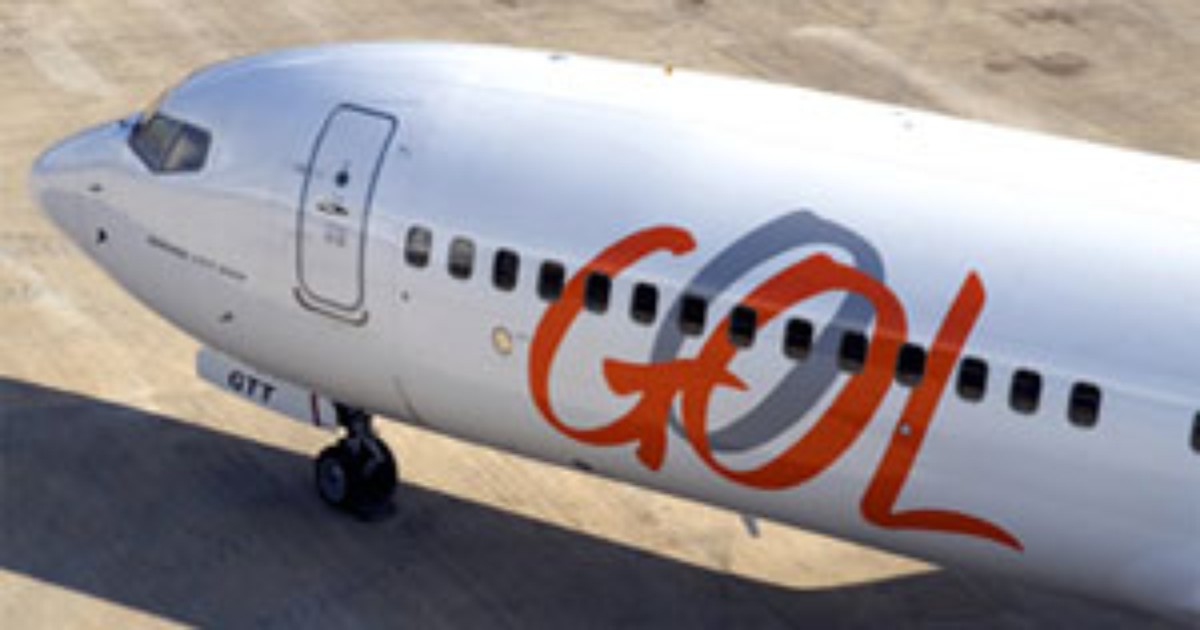Canada received Alstom’s technological and sustainable hydrogen train this week, marking the launch of the first such vehicle in North America. The French passenger train was loaned to the country until September of this year to encourage permanent adoption in the territory and the United States.
What do you need to know:
- The Canadian loan will provide a trip from Montmorency Falls, to Quebec City, to Baie-Saint-Paul — a two and a half hour trip to Canada;
- The train has a top speed of 140 km/h (87 mph) and can carry up to 120 people in its two passenger cars;
- Hydrogen trains can be ideal for places like the Canadian countryside, with its long distances and relatively low passenger density – much of the United States would also be suitable;
- Remember that Alstom is not the only company in the world to already have a hydrogen-powered train. In China, a train with the same technology and inspired by high-speed rail has been announced after a partnership signed between state-owned CRRC and Chengdu Rail Transit.
Learn more!
I think the most important thing that will come out of this is people’s awareness and comfort with technology.
Robert Stasko, executive director of the Hydrogen Business Council of Ontario, told CBC News.
According to Alstom, the acceleration and braking performance of the so-called “Coradia iLint” is comparable to that of standard diesel trains, but without the polluting emissions. The first units started operating in the Lower Saxony region of Germany in 2022, although design and testing dates back to 2016.
In total, the miniature train has already traveled through eight European countries. Alstom has contracts in Germany, Italy and France and, according to the company specializing in the rail sector and energy production, European customers have already ordered 41 of the compositions.
According to Serge Harnois, CEO of Hanois Energies, supplier of hydrogen fuel for the train, the Coradia iLint uses an estimate of “about 50 kilograms of hydrogen per day”. The same trip with a standard engine would consume around 500 liters of diesel, the main fuel that emits carbon dioxide (CO2).
In the case of the hydrogen train, it only emits water vapor throughout its journey. The byproduct is the result of hydrogen and oxygen combining in a fuel cell to generate its energy.
The train is also expected to remain in other parts of North America once its loan in Canada expires. The long-term goal is that the arrival of the sustainable vehicle will help promote the widespread adoption of the train in different regions.
With information from CBC and Engadget
Have you watched our new videos on Youtube? Subscribe to our channel!

“Typical zombieaholic. General twitter fanatic. Food fanatic. Gamer. Unapologetic analyst.”







